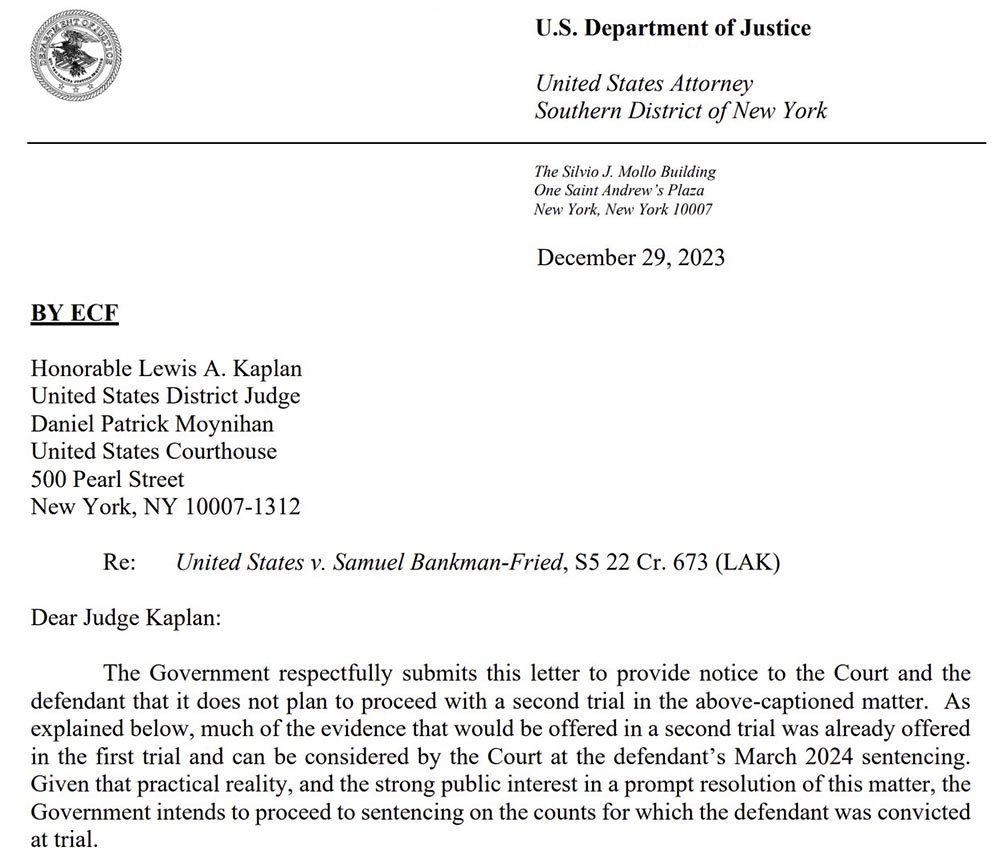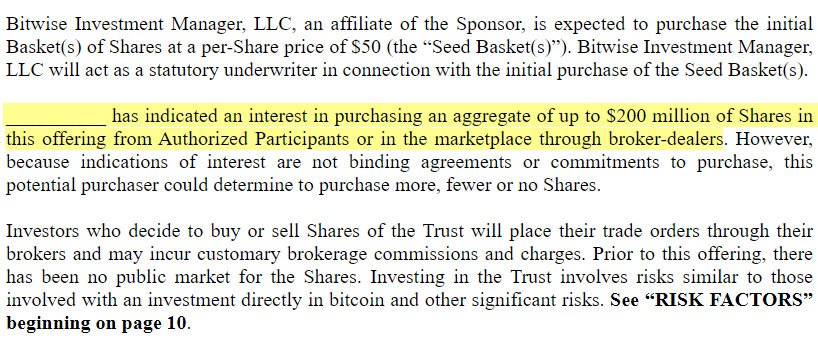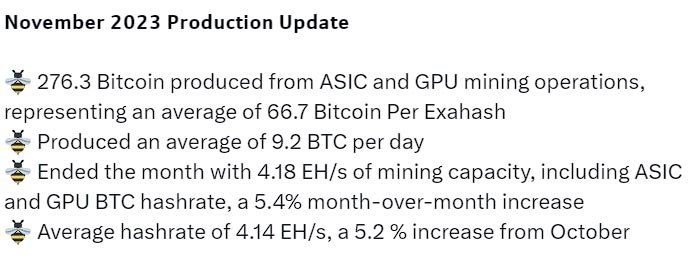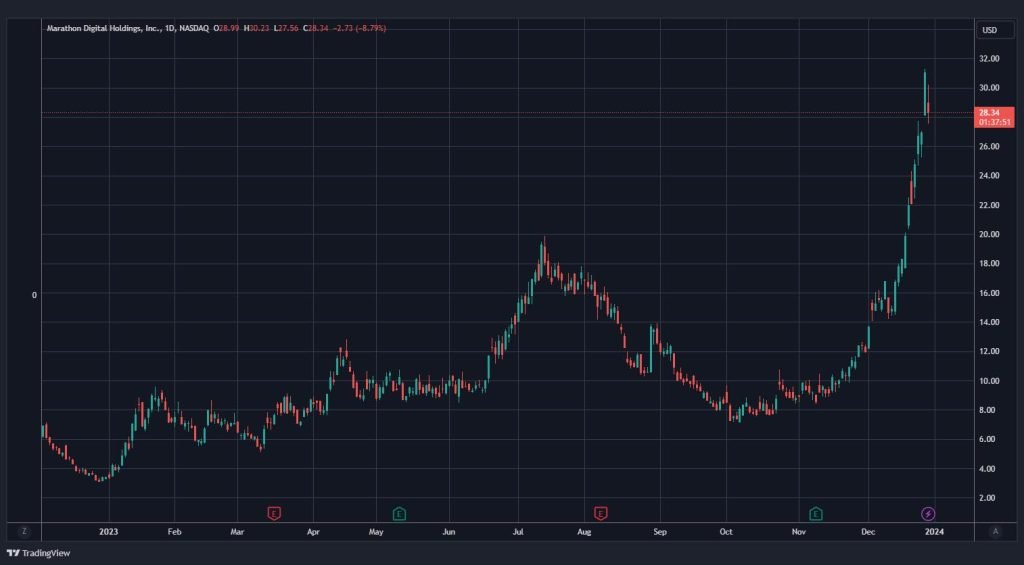Blockspace is the finite digital terrain within each Bitcoin block where transaction data is permanently recorded. The post Understanding Blockspace: Bitcoin’s Digital Real Estate appeared first on Bitcoin News.
Table of Contents
Critical Facets of BlockspaceFinite CapacityTransaction RecordingNetwork ThroughputThe Intrinsic Value of BlockspaceScarcitySecurity and DecentralizationDynamic MarketIndicator of Economic VitalityBlockspace And Manhattan Real EstatePrime LocationInvestment and SpeculationDevelopment and InnovationConclusionFAQBlockspace is the finite digital terrain within each Bitcoin block where transaction data is permanently recorded. As the bedrock of blockchain’s functionality, blockspace’s scarcity combined with escalating transaction demands transforms it into a premium asset. This article delves into the nuances of blockspace, illustrating its intrinsic value and pivotal role in the Bitcoin ecosystem.
Critical Facets of Blockspace
Finite Capacity
Bitcoin’s block size limit is a fundamental characteristic ensuring security and decentralization. Initially set at 1 MB, this cap restricts the amount of data each block can hold, directly influencing transaction throughput. While this limit has historically curtailed scalability, it’s crucial for maintaining the network’s decentralized nature, preventing bloating and ensuring nodes can be run by individuals without requiring excessive resources.
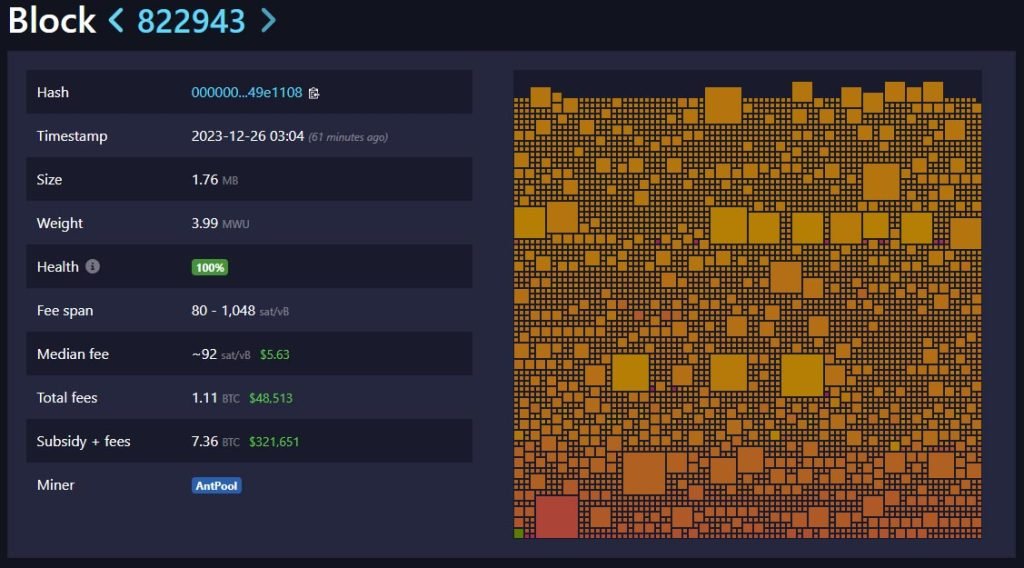 An overview of how transactions are structured in a block — Source: mempool.space
An overview of how transactions are structured in a block — Source: mempool.space
Technological advancements like Segregated Witness (SegWit) and Taproot have effectively mitigated these limitations without altering the block size. SegWit, by segregating the witness information and counting data in a block differently, effectively increases the block’s capacity to hold more transactions, leading to what is informally referred to as a “weight limit” of up to 4 MB.
However, this doesn’t mean blocks are 4 MB in size; rather, it allows for a block weight of up to 4 million units, accommodating more transactions than before. Taproot further enhances efficiency and privacy, enabling complex Bitcoin transactions to appear as standard, single transactions, thus optimizing space usage.
Transaction Recording
Block space is the canvas upon which transactions are etched. Miners, the artists of this realm (miners hashing to find a block), curate and inscribe transactions, packaging them into the blockchain’s ever-extending ledger.
Network Throughput
Block space is directly proportional to network throughput—the ledger’s capacity to process transactions within a given timeframe. Scalability solutions, particularly layer 2 constructs like the Lightning Network, are instrumental in transcending these intrinsic limitations, offering new avenues for growth and efficiency. Devices like opendimes and other tangible cash equivalents of bitcoin are another way to use bitcoin as a peer to peer medium of exchange without having to deal with transaction fees.
The Intrinsic Value of Blockspace
Scarcity
Blockspace’s limited nature is akin to prime urban real estate—rare, coveted, and inherently valuable. The intrinsic value of block space arises from its scarcity, coupled with increasing demand, economic principles of supply and demand, and the critical role it plays in maintaining the network’s security and decentralization.
Users vie in a competitive market, particularly during peak times, to secure their transaction’s spot in the next block.
Security and Decentralization
The block size cap is not an arbitrary constraint but a calculated measure to preserve the network’s decentralized fabric. It ensures that the ledger remains lightweight and participatory, fostering an environment where anyone can contribute to the network’s integrity.
Dynamic Market
The block space market is vibrant and reactive, with users bidding via transaction fees to prioritize their transactions. This creates a responsive and fluid economic environment, reflective of immediate network demands and conditions.
Indicator of Economic Vitality
Robust demand for block space signals a thriving network, evidencing Bitcoin’s expanding utility and adoption. It’s a barometer for the ecosystem’s health and a testament to its growing importance in the digital economy.
Blockspace And Manhattan Real Estate
Drawing parallels between block space and real estate is an apt metaphor. Both offer a reflection of fundamental economic principles:
Prime Location
Block space on Bitcoin’s blockchain is the digital equivalent of prime real estate, given Bitcoin’s prominence and unrivaled security. Purchasing real estate in New York City was a lot cheaper before everyone wanted to live in the big city.
Investment and Speculation
Just as investors speculate on and invest in prime real estate, stakeholders in the Bitcoin ecosystem bet on the network’s future relevance and demand.
Development and Innovation
Comparable to real estate development, advancements in blockchain technology enhance blockspace’s value and utility, making it more efficient and versatile.
Conclusion

Blockspace is the linchpin of the Bitcoin network, a finite resource that underpins the ecosystem’s functionality, security, and value. It’s a vibrant market, a gauge of health, and a testament to Bitcoin’s enduring relevance. As the network evolves, the significance of blockspace only magnifies, promising a future where it’s recognized as the digital realm’s most prestigious and sought-after asset.
Understanding blockspace is crucial for anyone looking to navigate the intricate world of Bitcoin. While a rising transaction fee environment shows a strong Bitcoin network, managing one’s UTXOs will be important to overcome network congestion.
The silver lining is that pain is the best teacher and high fee environments for block space often remind Bitcoiners about the critical importance of innovative scalability solutions that don’t sacrifice decentralization and security on layer 1.
FAQ
What is Blockspace in Bitcoin?
Blockspace refers to the finite digital terrain within each Bitcoin block where transaction data is permanently recorded. It is a critical aspect of the blockchain, serving as the canvas for transaction recording.
Why is Bitcoin’s block size limited?
Bitcoin’s block size limit, initially set at 1 MB, is a fundamental security measure that ensures decentralization. While it historically limited scalability, technological advancements like Segregated Witness (SegWit) and Taproot have addressed these limitations without increasing the block size.
How do SegWit and Taproot enhance blockspace efficiency?
SegWit segregates witness information and counts data differently, effectively increasing the block’s capacity. Taproot optimizes space usage by enabling complex Bitcoin transactions to appear as standard, single transactions.
What role do miners play in the utilization of blockspace?
Miners, acting as artists in the realm of blockspace, curate and inscribe transactions onto the blockchain. They are crucial in packaging transactions into the ledger.
How does blockspace relate to network throughput in the Bitcoin ecosystem?
Blockspace is directly proportional to network throughput, influencing the blockchain’s capacity to process transactions within a given timeframe. Scalability solutions like the Lightning Network contribute to overcoming intrinsic limitations.
What is the intrinsic value of blockspace in Bitcoin?
Blockspace is inherently valuable due to its scarcity, increasing demand, and its critical role in maintaining the network’s security and decentralization. Users compete in a market, particularly during peak times, to secure a spot for their transactions in the next block.
How does the blockspace market resemble prime real estate?
Blockspace, like prime real estate, is rare, coveted, and valuable. Users bid via transaction fees in a competitive market, reflecting economic principles of supply and demand.
What does blockspace indicate within the Bitcoin network?
Robust demand for blockspace is a signal of a thriving network, demonstrating Bitcoin’s expanding utility and adoption. It serves as a barometer for the ecosystem’s health.
Why is understanding blockspace crucial for navigating the world of Bitcoin?
Understanding blockspace is essential for navigating Bitcoin as it is the linchpin of the network, influencing functionality, security, and value. It provides insights into the vibrant market dynamics and signifies Bitcoin’s enduring relevance in the digital economy.
The post Understanding Blockspace: Bitcoin’s Digital Real Estate appeared first on Bitcoin News.



